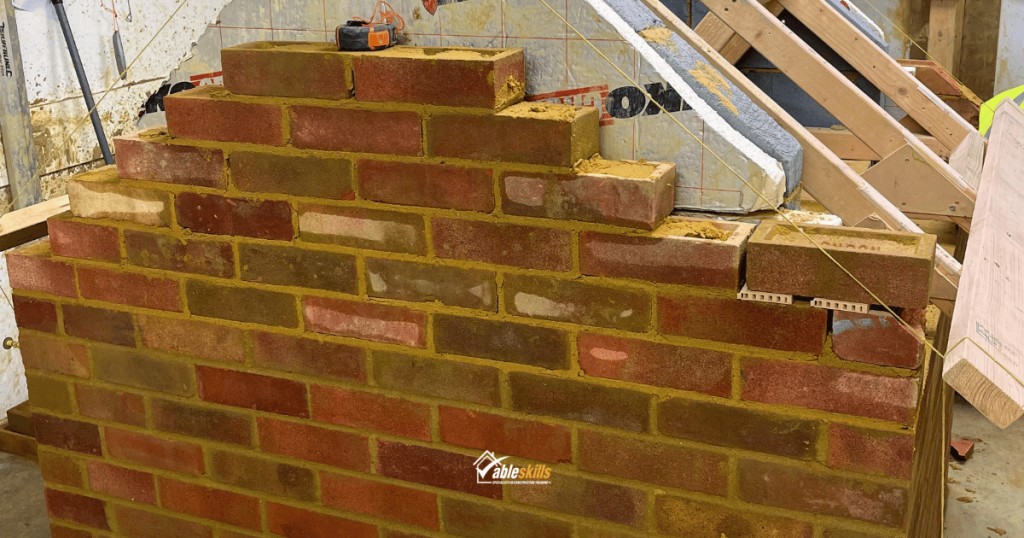
Whether you’re looking to cut back on costs, or just fancy a DIY challenge, completing your own bricklaying project can be both financially savvy and incredibly rewarding.
With some basic skills, you’ll be able to complete simple bricklaying tasks around the house and garden, however, there are a number of common pitfalls to be wary of that people often fall into when opting for the DIY approach.
Whether it’s making sure things are aesthetically pleasing, or taking the steps to ensure any work is structurally sound, below are a few of the most frequent mistakes, and how they can be avoided.
Not building from a level surface
To give your project the best possible start, you’ll want to begin with a level foundation. Not only will this make things easier, but it’ll also give you a much more secure structure.
Not including drainage
If you’re building a structure outside, it’s important you check moisture levels in the area you plan on working. If water is not properly allowed to drain, it could cause shifting and erosion to the brickwork.
Using different kinds of mortar
If you’re completing a project in stages, make sure you use the same kind of mortar throughout. Mortar can contain different levels of cement, meaning different sections may have different levels of breathability, which can cause contractions and expansions that pull bricks away from one another.
Not using levels or a plumbline
Obviously, you’ll want your project to finish up looking straight, so it’s always better to take the time to regularly measure everything as you progress, rather than getting halfway through and realising you’ve veered off course.
Forgetting to clean excess mortar
Cleaning off excess mortar before it’s dry is considerably easier. If you leave this until the mortar has dried, not only will it be a challenge to remove, but you also risk damaging the structure in doing so.
Underestimating materials and turning to quick fixes
While it can be difficult to know exactly how much you’ll need in terms of materials at the start of a project, getting as accurate an estimation as possible together can save you headaches, and money, down the line. If you have under-ordered, don’t be tempted to take shortcuts that sacrifice quality.
One of the best ways to equip yourself with the skills and knowledge to successfully complete bricklaying projects is by investing in an expert-led introductory course. At Able Skills, you can complete a comprehensive Introduction to Bricklaying course recognised by City & Guilds in just five days.
Throughout the course, you will undertake a variety of practical tasks that will leave you with a strong understanding of basic bricklaying principles, and the confidence to complete work yourself.